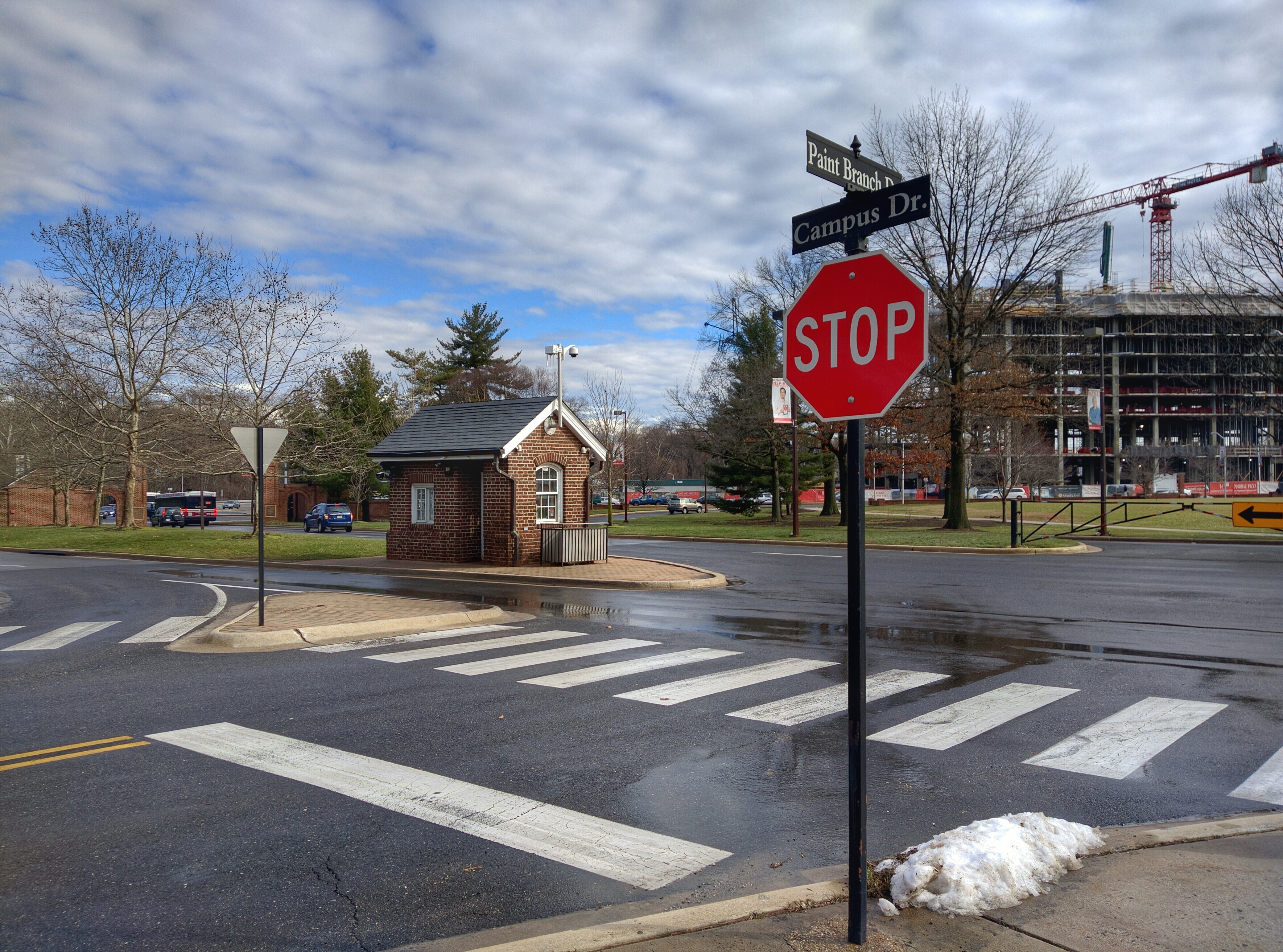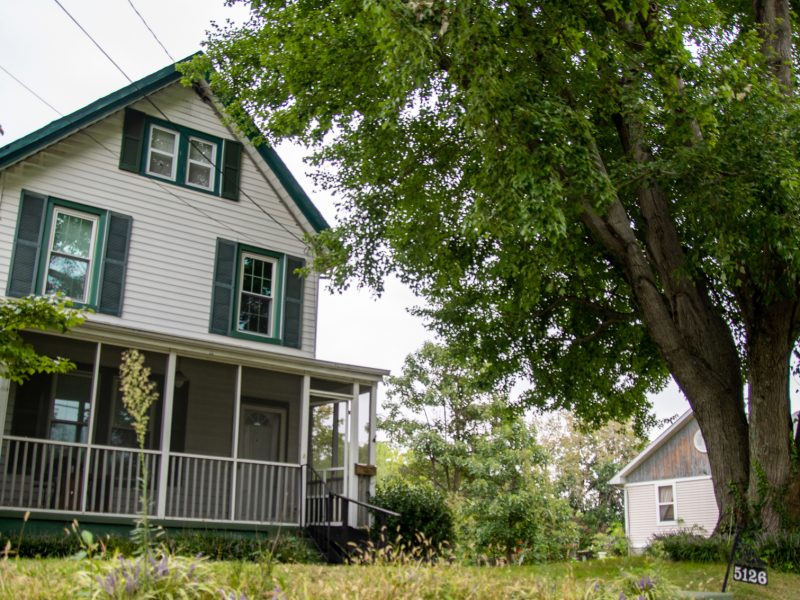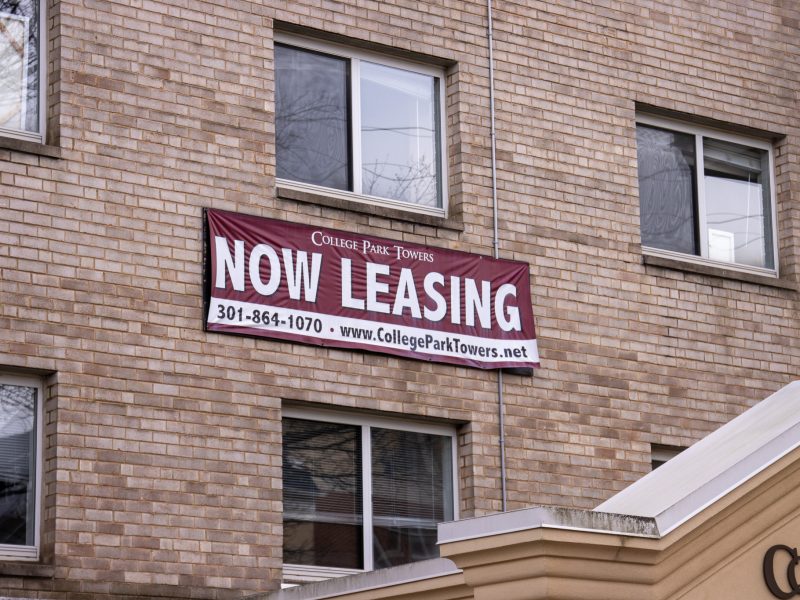The Maryland Board of Public Works officially approved April 6 a $5.6 billion contract for a group of companies to construct the Purple Line, evoking reactions from local officials.
The Purple Line, a 16-mile light-rail system that will run from Bethesda to New Carrollton, is expected to open in 2022. The line has gone through “many ups and downs” over the past 20 years, said Eric Olson, director of the College Park City-University Partnership. Over the next six years, College Park and other communities will experience various “disruptions” from this project, namely because of construction.
University of Maryland President Wallace Loh said this project will transform the campus and “is more than worth it.” Without the Purple Line construction and approval, none of the Greater College Park developments — The Hotel at the University of Maryland, new retailers and businesses — would be happening, Loh said.
The Purple Line will connect this university and the city to Amtrak and MARC commuter rail lines, as well as the Green, Red and Orange Metro lines, Olson said. Students and faculty with university IDs will be able to ride for free for the five stations from M Square Research Park to the University of Maryland University College, according to a memorandum of agreement between the University System of Maryland Board of Regents and the Maryland Transit Administration. One of the stops will be in front of Stamp Student Union.
“I think that we’ll certainly be coordinating with MTA — Maryland Transit Administration — to try to minimize constructions, but there will be impacts during the construction time,” Olson said. “It’s a major infrastructure project; there will definitely be construction-related activity going on. But it’ll be very much worth it to have the line built.”
As of October, Purple Line construction was slated to begin on the campus in late spring 2017, according to a Diamondback article published that month. Officials said there is no detailed breakdown of the construction sequences yet.
Although there will be obvious benefits once the Purple Line is operational, there will be “significant disruption” and inconveniences such as closures on major roads and intersection shutdowns, as well as the noise and dust from construction, said David Iannucci, Prince George’s County’s assistant deputy chief administrative officer for economic development.
But despite these disturbances, Iannucci said he believes this project will have a “profound effect” on the county, adding that this is “certainly one of the most transformative public works projects … in our generation.”
The light-rail line will not necessarily disrupt this “bucolic” campus, Loh said.
“In terms of the aesthetics of the campus, I think a clean light-rail going through the middle of the campus exists in many universities in the country and virtually every European university I’ve been to,” Loh said. “That’s all standard; no one even thinks about it.”
Carlo Colella, this university’s vice president of administration and finance, agreed and said he is “pleased that the state has elected to go forward” and that the line will “be a tremendous benefit to the entire region.”
The university, city and county are working together to reduce disruptions, Olson said. He and Colella both noted that the university will work closely with a select team of companies to close down big intersections such as Paint Branch Parkway over summer months or during times with less activity.
But even when working with the State Highway Administration to minimize traffic impacts, this will be a “traffic nightmare” and commuters will need to plan accordingly during various construction segments, city Mayor Patrick Wojahn said.
The line’s construction is linear, Colella said, meaning the work will be completed in segments rather all at once. Although there is no set timeline yet, roughly 1 mile of this university’s campus will undergo construction at some point during work on the Purple Line, he said.
Despite the anticipated ongoing construction on the campus, Colella said he does not think current or prospective students will be deterred from this university, and emphasized that the university will make every effort to collaborate with the selected team to minimize disruption.
“We currently have a number of construction projects underway. … If anything, I think [this project] actually signifies to prospective students that the university continues to make improvements with their physical facilities,” Colella said. “It’s an indication of a university that continues to build and grow.”
Senior staff writer Darcy Costello contributed to this report.



